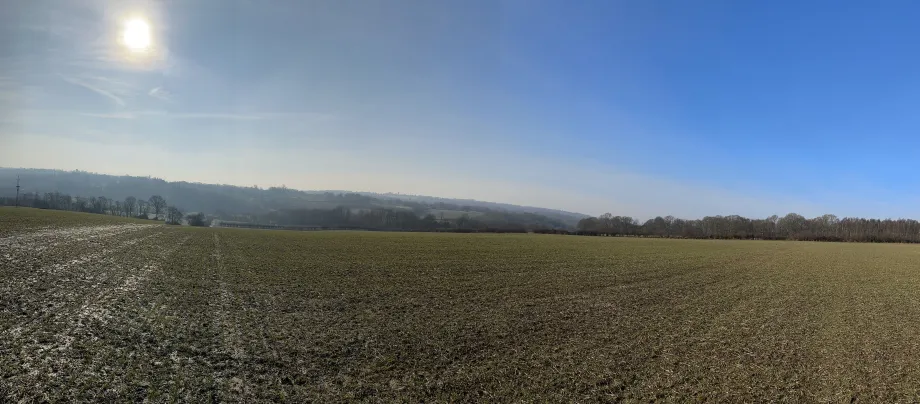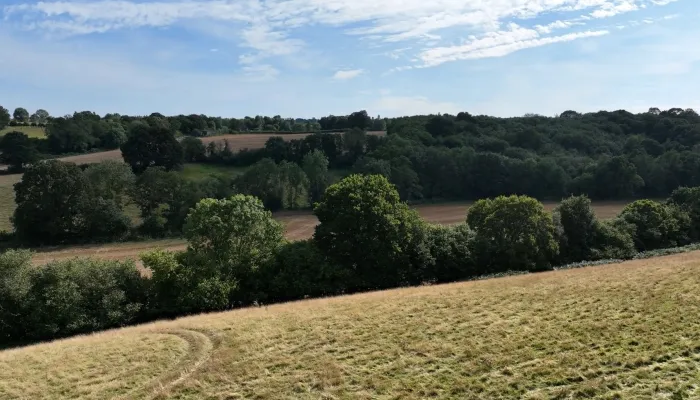The restored land would adjoin existing wilding projects at Scotney Castle and Furnace Farm, creating an expansive, dynamic nature reserve that enhances biodiversity, supports climate resilience, and offers vital green spaces for community wellbeing.
The charity has been overwhelmed by the strength of support from local people, however the appeal has not been without its critics, with some concerned about taking arable land out of food production. This commentary is something the Trust is keen to address with Paul Hadaway explaining why farming and nature work hand in hand:
“This appeal, which aims to purchase low grade arable land and transform it into a wildlife haven, has sparked lively debate. Some fear that wilding will harm food security, but in truth, it can enhance and support farming.
“Take Ham Fen Nature Reserve in Deal, for example. It’s the last remaining fenland in Kent, and due to climate change and nearby intensive farming, it nearly dried out. However, under our management, it has flourished into a thriving wetland that enhances flood resilience and supports the surrounding farmland.
“Hoathly Farm presents a similar opportunity. This land, primarily low-grade arable used in a cropping rotation, has been worked hard for years. To meet market demands, it requires increasing amounts of artificial fertilizers and pesticides. The clay soil is prone to flooding from the River Teise and demands heavy intervention to produce decent yields.
“By regenerating the land and boosting biodiversity, we can improve soil health, reduce flood risks, and create a richer environment that benefits both farmers and wildlife.”

The deadline for donations is 24th May, and supporters are urged to act quickly. Every pound donated will be doubled through generous match funding, up to a total of £500,000—bringing the total potential funds to £1 million.
The project offers immense benefits, including:
- Reconnecting fragmented habitats.
- Supporting native wildlife, including the potential return of lost species like the Pine Marten.
- Enhancing carbon storage, flood prevention, and water quality.
- Creating immersive natural spaces for community health and wellbeing.
- Demonstrating how farming and nature can work in harmony.
Currently, efforts are focused on securing 204-acre plots at Hoathly Farm known as Mount Pleasant and Clay Hill, two key areas that would anchor the restoration effort. The River Teise, which meanders through the land, offers a natural foundation for riparian habitat restoration that will improve local water systems and biodiversity.
Paul Hadaway continued: “Allowing nature to return to Hoathly Farm isn’t just about wildflowers and woodlands, it’s about shaping a future where children can grow up connected to the wild, where wildlife has space to recover, and where our farming practices enrich rather than deplete the land.”
Donations can be made online, and every contribution brings Kent one step closer to a wilder, greener future.

